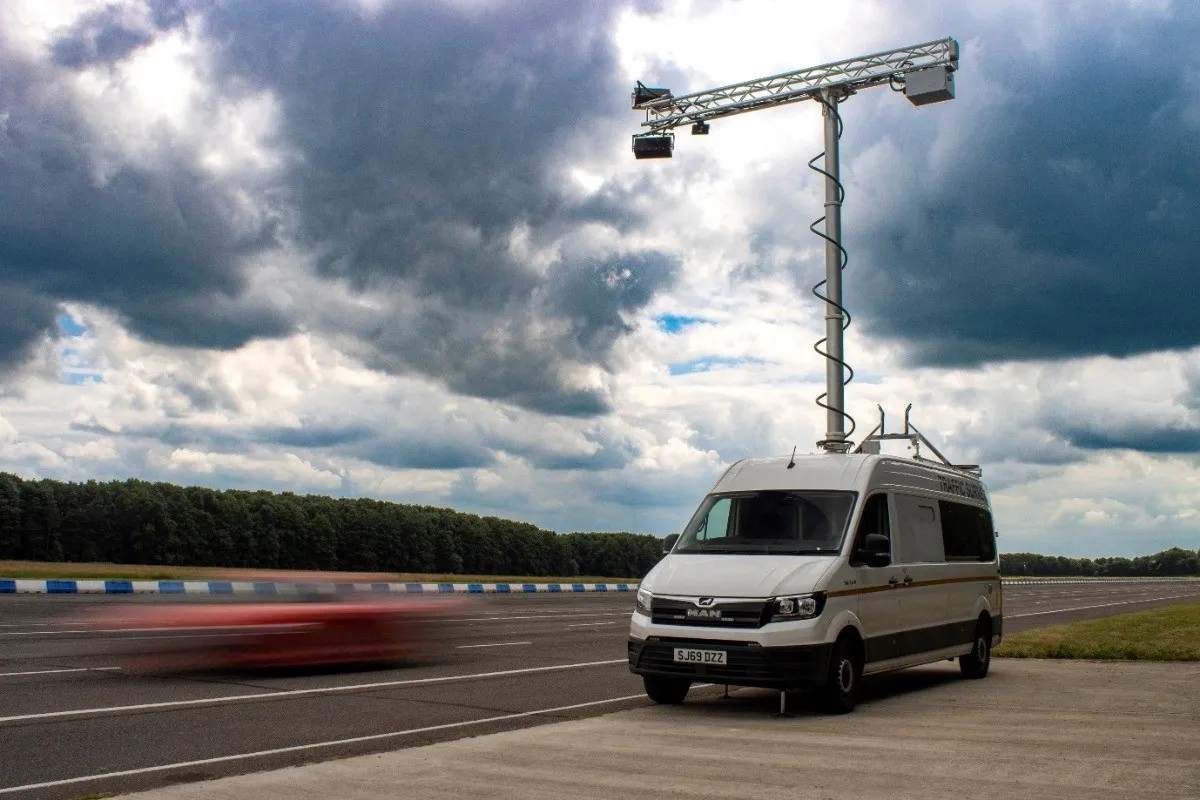New York City’s Department of Transportation (DOT) has launched its new and improved Zone Watch program as part of National Work Zone Awareness week, which runs from 7-11 April. The enhanced program will include nine camera-equipped trailers designed to better document and deter reckless driving through work zones and aligns with Mayor de Blasio’s Vision Zero initiative to make streets safer.
In addition to the nine custom trailers, DOT will also purchase additional camera equipment that can be mounted t
April 10, 2014
Read time: 2 mins
In addition to the nine custom trailers, DOT will also purchase additional camera equipment that can be mounted to trucks. These high-tech upgrades follow a pilot program introduced last April to record footage that could be used as evidence for work zone intrusions. Clear signage and speed boards will alert motorists to their speeds and remind them that the area is being monitored by video.
In New York City, nearly two dozen city DOT workers have been injured in work zone incidents since 2009 and seven died from work zone-related events during the past two decades. While investing in this mobile-camera technology better protects crews, everyone on the streets benefit - 85 per cent of those killed in work zones are motorists or passengers.
City officials and utilities executives launched the improved Zone Watch program at a road resurfacing work zone adjacent in Brooklyn.
“Dangerous driving in work zones threatens the lives of the men and women who maintain our streets, bridges and other infrastructure,” said DOT Commissioner Polly Trottenberg. “Vision Zero brings the need for safer streets into sharper focus. While every motorist needs to do their part by slowing down, our enhanced Zone Watch program is another important tool to protect our crews.”








